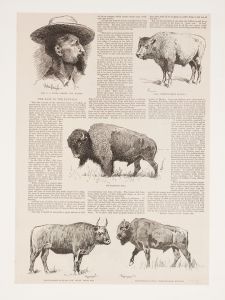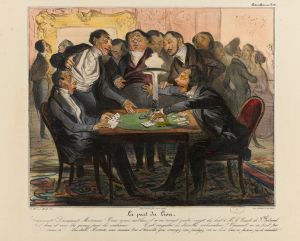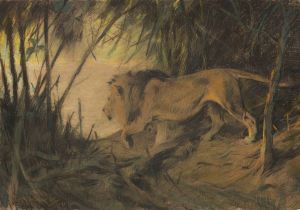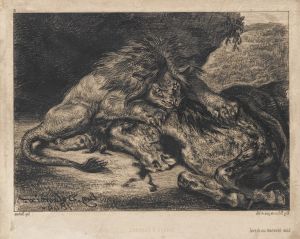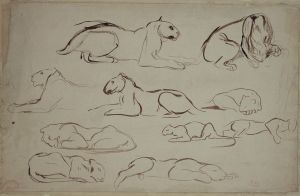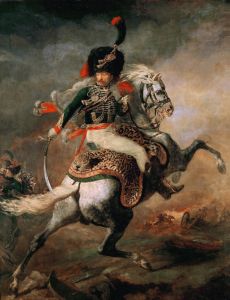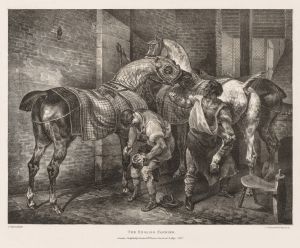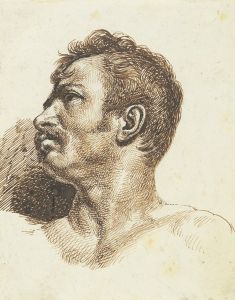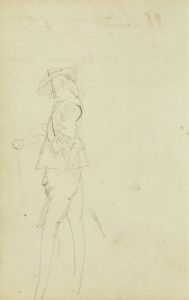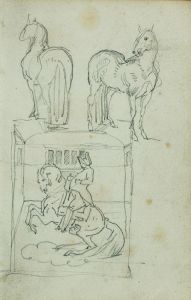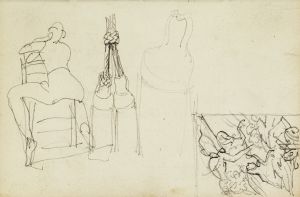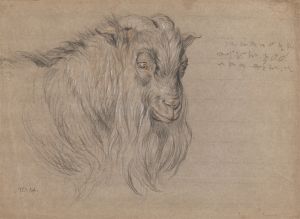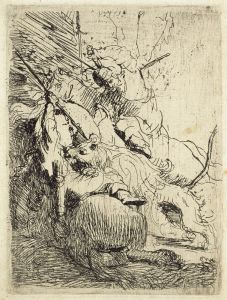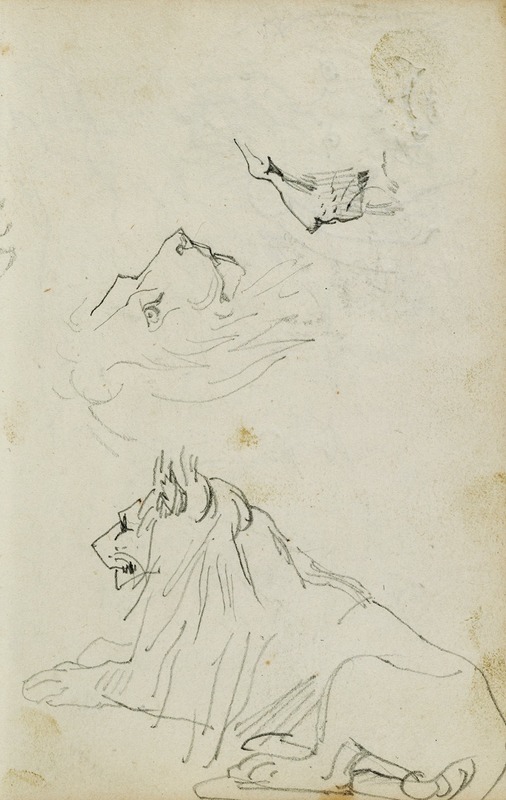
Seated lion, two lion head studies
A hand-painted replica of Théodore Géricault’s masterpiece Seated lion, two lion head studies, meticulously crafted by professional artists to capture the true essence of the original. Each piece is created with museum-quality canvas and rare mineral pigments, carefully painted by experienced artists with delicate brushstrokes and rich, layered colors to perfectly recreate the texture of the original artwork. Unlike machine-printed reproductions, this hand-painted version brings the painting to life, infused with the artist’s emotions and skill in every stroke. Whether for personal collection or home decoration, it instantly elevates the artistic atmosphere of any space.
Théodore Géricault, a prominent French painter and lithographer, is best known for his influence on the Romantic movement in art. Among his works, "Seated Lion, Two Lion Head Studies" stands out as an example of his interest in animal subjects, which was a recurring theme throughout his career. This particular piece showcases Géricault's skill in capturing the essence and power of the animal kingdom through his detailed and expressive studies.
Géricault was born on September 26, 1791, in Rouen, France, and he showed an early interest in art. He studied under prominent artists such as Pierre-Narcisse Guérin and was influenced by the works of Peter Paul Rubens and Michelangelo. Géricault's fascination with dynamic compositions and dramatic subjects is evident in his most famous painting, "The Raft of the Medusa," which brought him considerable acclaim.
"Seated Lion, Two Lion Head Studies" is a testament to Géricault's ability to convey the majesty and strength of lions through his art. Although the exact date of this work is not well-documented, it is believed to have been created during the early 19th century, a period when Géricault was actively exploring various themes and subjects. The piece consists of a study of a seated lion and two additional studies focusing on the lion's head, capturing different angles and expressions.
Géricault's approach to animal studies was meticulous and informed by direct observation. He often visited menageries and zoos to study animals in person, allowing him to render their forms with accuracy and vitality. This dedication to realism is evident in "Seated Lion, Two Lion Head Studies," where the anatomical precision and attention to detail highlight Géricault's deep understanding of his subject.
The composition of the piece reflects Géricault's interest in the power and grace of lions. The seated lion is depicted with a sense of calm authority, its muscular form and poised posture conveying both strength and tranquility. The two lion head studies complement the central figure, offering a closer examination of the lion's features. These studies reveal Géricault's keen eye for detail, capturing the texture of the lion's mane and the intensity of its gaze.
Géricault's animal studies, including "Seated Lion, Two Lion Head Studies," were not merely exercises in technical skill but also explorations of the emotional and symbolic resonance of his subjects. Lions, often associated with nobility and courage, were fitting subjects for Géricault's Romantic sensibilities. Through his art, he sought to evoke an emotional response from the viewer, inviting them to appreciate the beauty and power of the natural world.
While "Seated Lion, Two Lion Head Studies" may not be as widely recognized as some of Géricault's other works, it remains an important example of his artistic range and his ability to capture the essence of his subjects. Today, Géricault is remembered as a pioneering figure in the Romantic movement, and his animal studies continue to be appreciated for their technical excellence and emotional depth.





